The Raptor’s Great Migration in Costa Rica
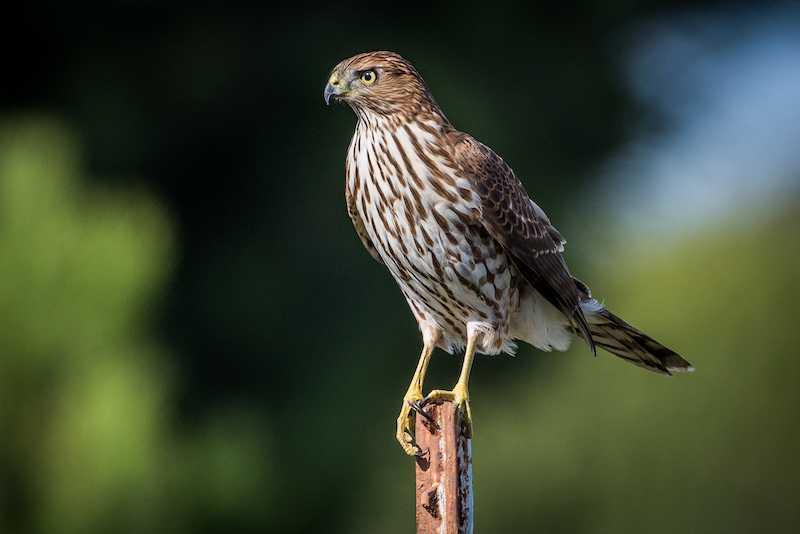
Did you know that during the months of August to November, the coastal plain of the Caribbean of Costa Rica becomes one of the longest migratory bird corridors important in the world, and that, during this unique natural spectacle, you can appreciate the passage of more than 3 million birds of prey from around 17 species!
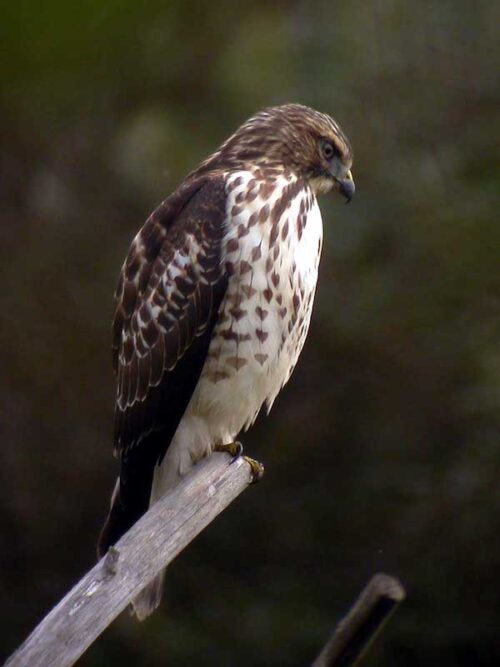
There are many species of diurnal birds of prey that they migrate through our skies mainly the Black-winged Hawk (Buteo platypterus), the Turkey Vulture (Cathartes aura), and the Swainsons Hawk (Buteo swainsoni).
In Costa Rica, the Bribri indigenous people execute a dance in which the dancers arrange themselves in a circle, representing a phenomenon that repeats every day during the period of migration on the Caribbean slope, where they inhabit the circling flight made by the vultures and hawks when it comes to climbing.
Birds of prey are extremely essential for ecosystems, due to their function as top predators in the chain. His absence denotes an unbalanced ecosystem.
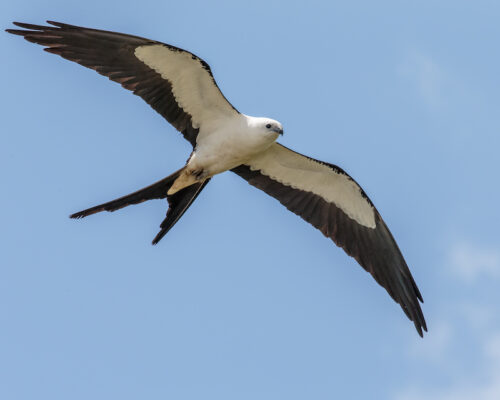
On the Caribbean Lowlands of Costa Rica, between September and October November, everybody should put more pay attention to the sky: suddenly go up there the awesome migration show of birds of prey, more than three million birds (hawks, kites, hawks, eagles, ospreys, and vultures across the country during the migratory period, a phenomenon described by naturalists like a “rivers of birds”.
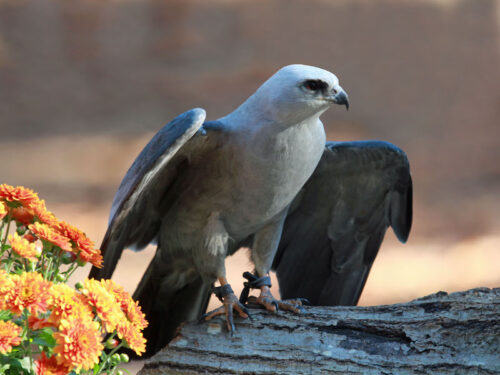
Costa Rica is one of the five sites in the world with the migration of more than one million birds of prey per season, which is included Kèköldi (Caribbean) our emblematic site, in addition to Veracruz in Mexico, Cerro Ancón in Panama, Eilat in Israel and Batumi in the Republic of Georgia.
Why is it that the Caribbean of Costa Rica is a place important for the migration of diurnal birds of prey?
According to Kèköldi, Costa Rica is estimated to spend more than about sixteen of these species, in their search for sites to spend the winter This is so, due to the singular fact that this area, creates a kind of funnel forming natural conditions that concentrate and diverts the passage of birds of prey from North America and the forced to pass through that narrow strip geographic.
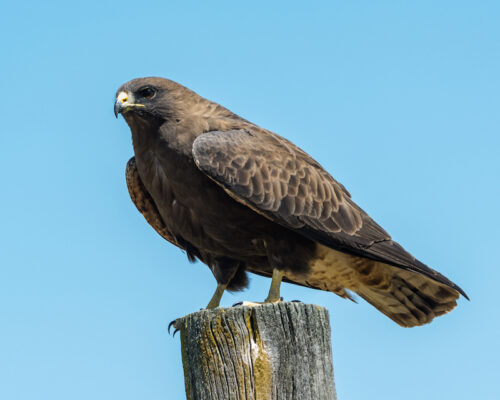
Most of the species of migratory raptors need high temperatures and favorable winds
to migrate making minimal use of their reserves of energy, and this forces them to always fly over the areas of hot continental plains, in the regions close to the coast. Also, it is an important place because during the day the air of the plain is heated by solar radiation and begins to rise in the form of eddies, known as thermal currents; this factor is used perfectly by birds who use such currents to rise and move forward with very little effort, manner of sailboats propelled by the .open sea wind
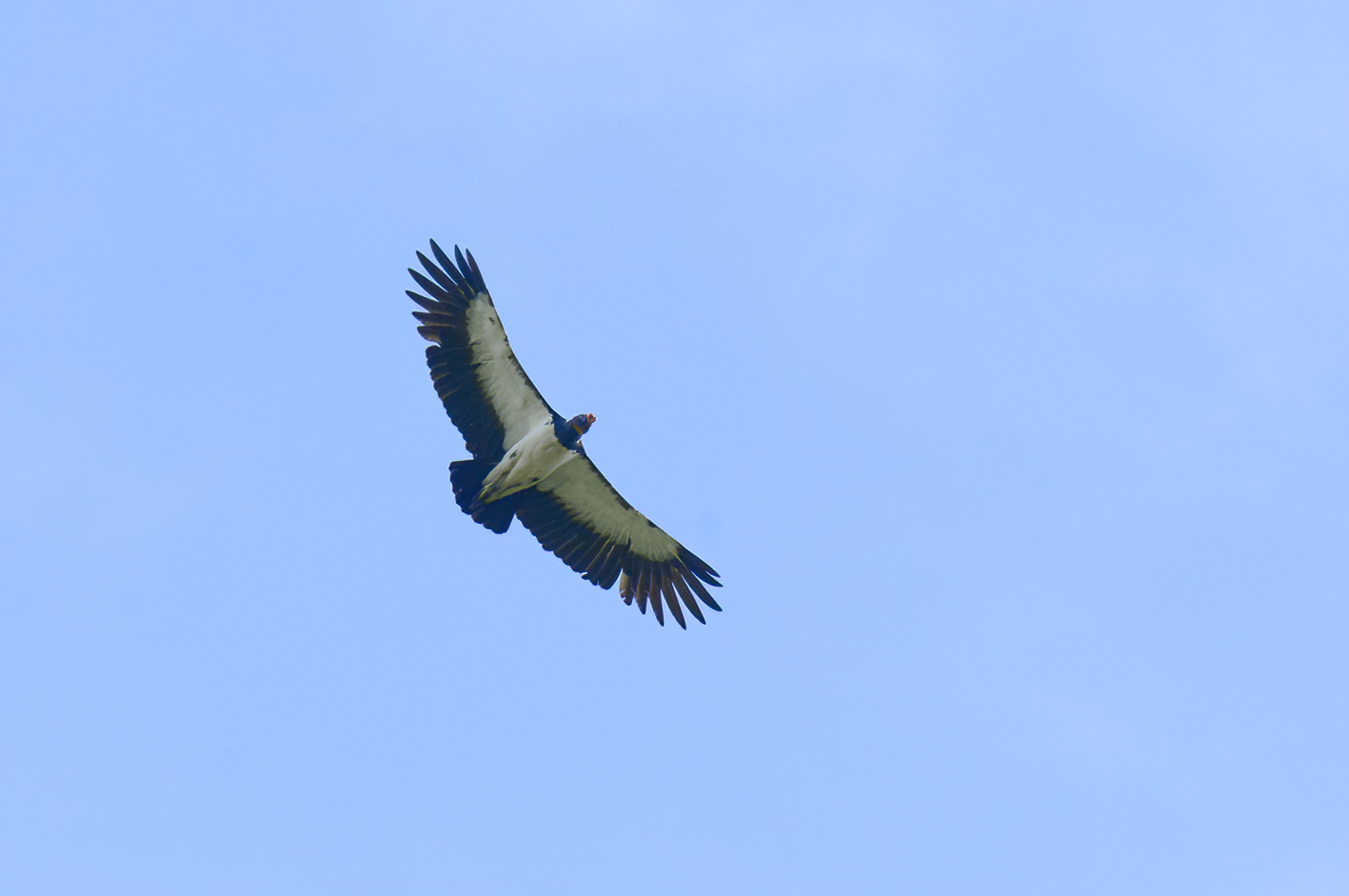
Why do they migrate?
Most diurnal birds of prey from North America are migratory; They fly south between August and December, what is known as autumn migration (by seasons in temperate zones).
The return is known as the migration of spring, and it is much more scattered (both on the side of the Pacific, such as the Caribbean) and less numerous (for mortality and individuals staying in the tropics).
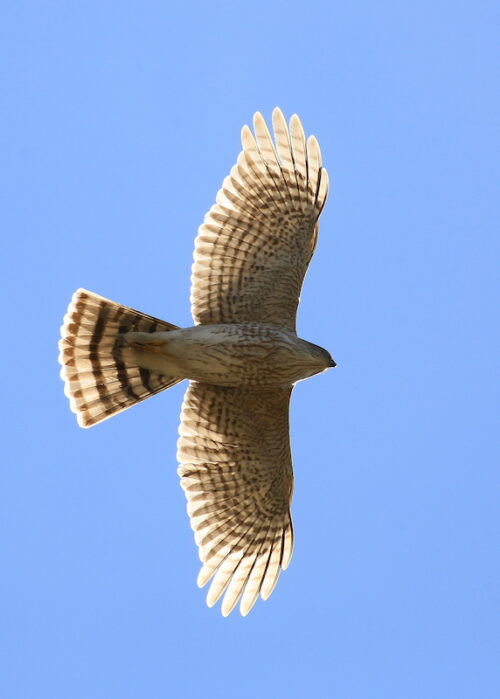
Kèköldi Indigenous Reserve, in the lowlands of the Caribbean of Costa Rica (Talamanca, Cahuita, and Puerto Viejo), is one of the places where it is possible to observe more than three million birds of prey in migration for a season and it is the second step largest migratory bird on the planet.
In addition, it reports the highest concentration of Peregrine Falcon (Falco peregrinus) in fall migration from around the world, with more than 3000 individuals per season.
The peak of migration occurs usually during the first fortnight of the month of October, registering amounts greater than 500,000 individuals in a single day.
